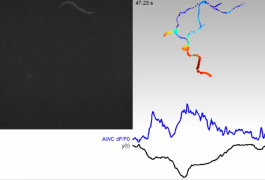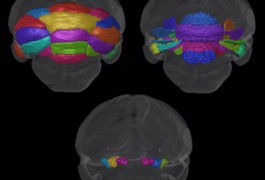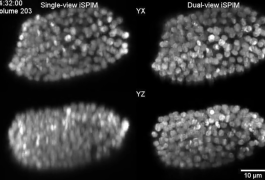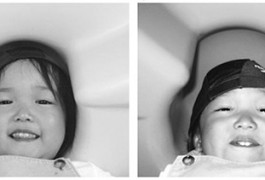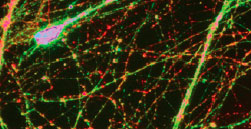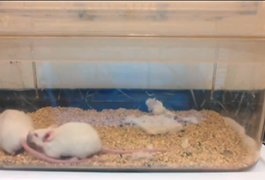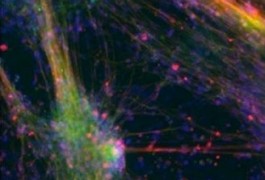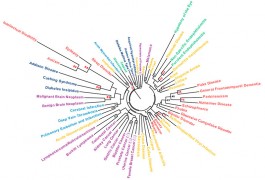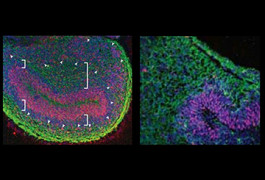New assay tracks active neurons in clews of worms
Researchers have developed a system that allows them to record the activity of neurons from as many as 20 worm embryos at once, they reported 5 November in the Proceedings of the National Academy of Sciences.
